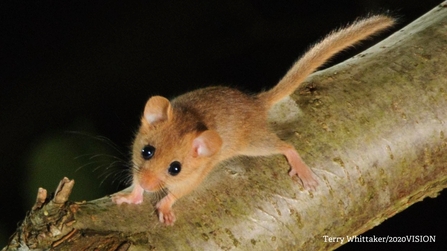The current proposals to Yew Tree Farm SNCI, submitted by Bristol City Council after the dormice were recorded, will result in the loss of suitable habitat through scrub removal. Where there is evidence of dormice, we would expect adjacent areas across the site that are connected by hedgerows and woodland to be likely habitat for the species.
Avon Wildlife Trust therefore strongly recommends that further dormouse surveys are completed at a seasonably appropriate time when the animals are not hibernating and before any more clearance takes place. These should be carried out across the site which we know offers high quality habitat for many wildlife species, reflected by its designation as a Site of Nature Conservation Interest (SNCI) and in connected off site areas. The results from these surveys should be made publicly available and inform any future decision making.
As a protected species, the potential for impacts to dormice should be considered as part of the planning application and inform the decision-making process.
AWT has objected to the application on the grounds of the site's SNCI designation (Site of Nature Conservation Interest). We would add that in its current form, the application does not meet the requirements for dormice.
We would also expect to see appropriate measures put in place that would effectively mitigate the impact of any planned development on dormice.
[1] Hazel dormice have declined by 70% since 2000, new report finds - PTES

